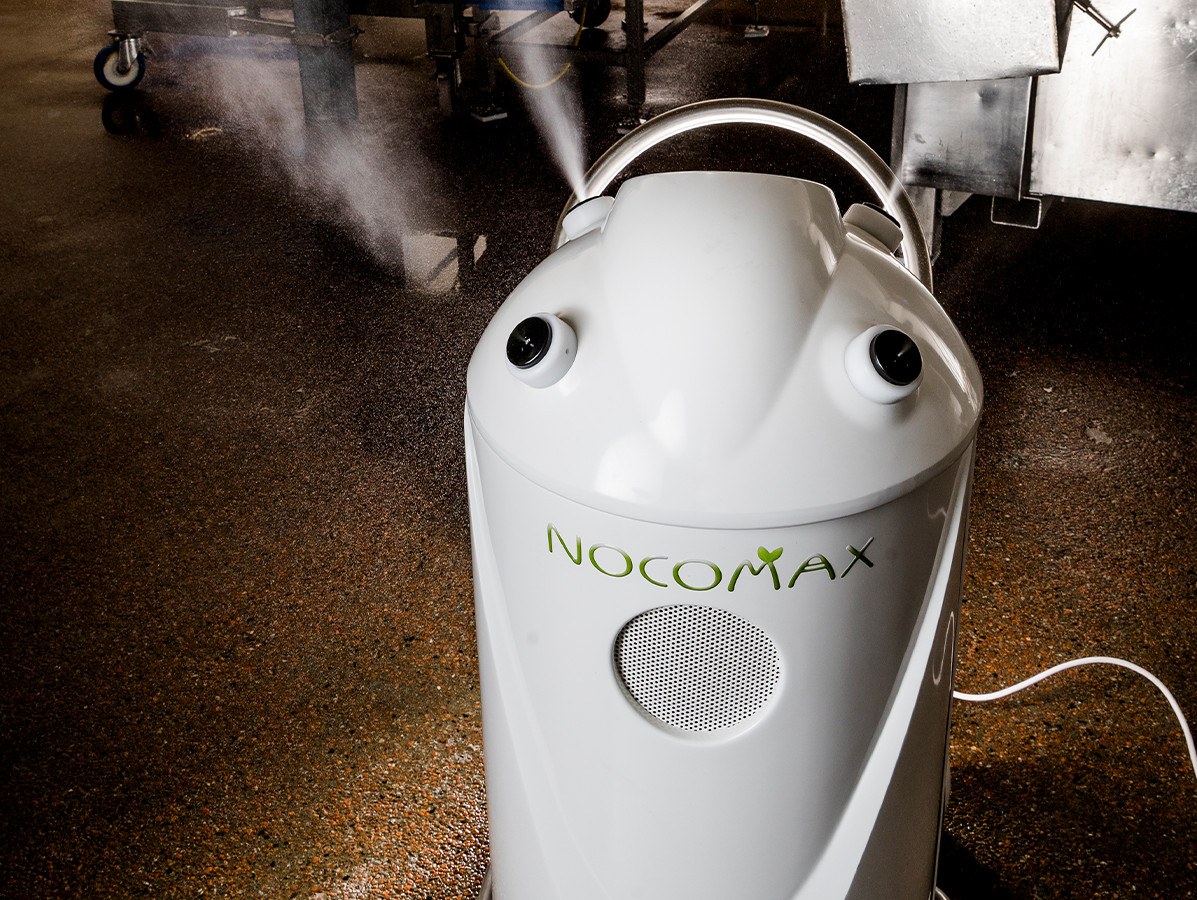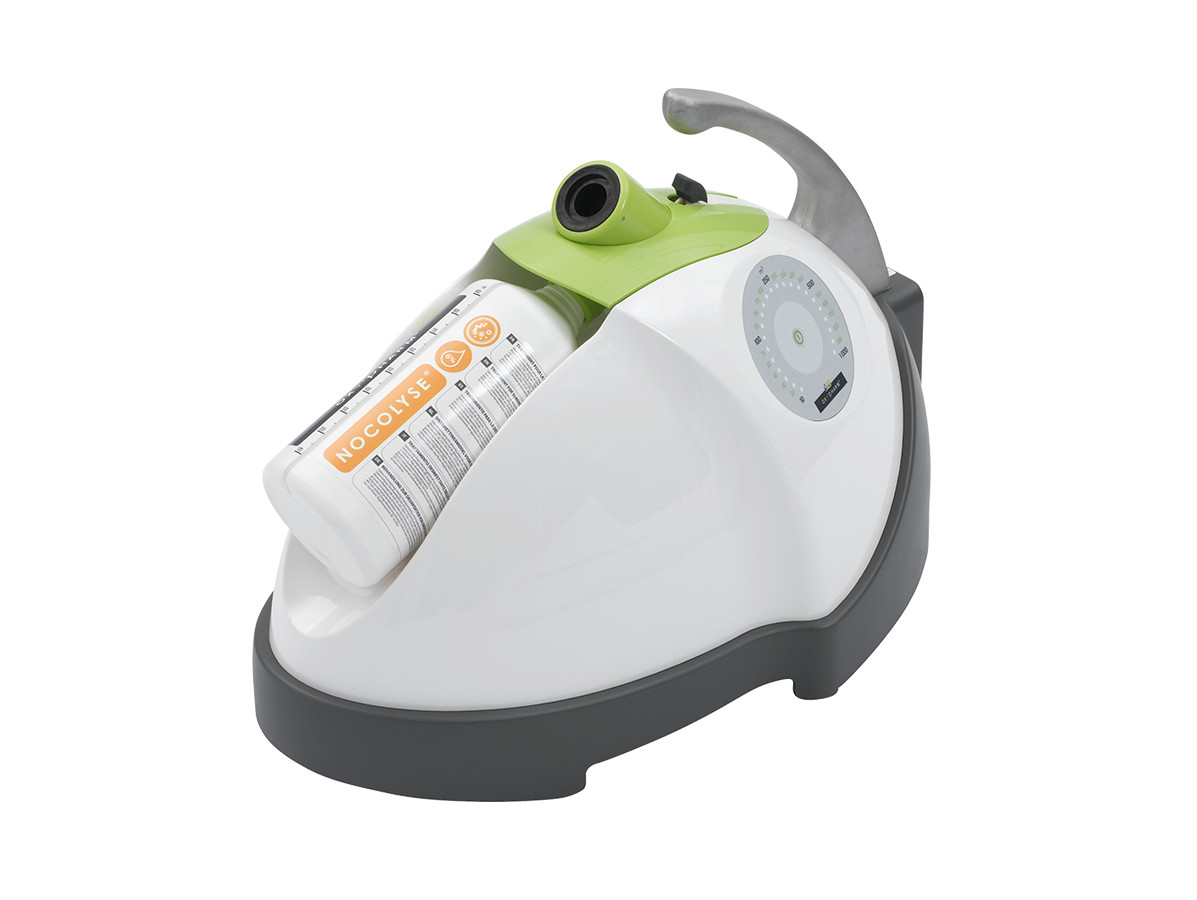
The Nocotech disinfection system has been used successfully in the fish and meat industry for many years. In recent months there has also been a lot of demand from the meat replacement market. Large production companies in this sector are already using the Nocotech system extensively.
"The main conditions for bacteriological growth are proteins and moisture; both are abundant in the production of many foods, such as meat substitutes," says Hugo ter Hoeve of Simpel Disinfect. "Not only fighting bacteria is essential. Fungi also need to be controlled, because they can form an excellent 'public transport' for other microorganisms. They hitch a ride on it, for example, through the air." The fact that good hygiene is necessary to ensure food safety is obvious. But it is also important from an economic point of view. Hugo: "We all know that the damage caused by an unexpected food scandal can be enormous. Nocolyse Food is very suitable for combating the growth of all micro-organisms. This increases operational reliability."

How does it work again? "Nocotech is an automated disinfection system consisting of a machine and a liquid. Together they create an ionized dry disinfecting vapor," Hugo explains. "This dry vapor gets everywhere; including the underside of a table, and an assembly line and into a machine. This is in contrast to a wet vapor, which 'rains' down, as it were, and ends up mostly on the floor."
"The Nocotech machine uses an ultra-speed turbine, which blows out the ionized air at a tremendous speed. The blown-out air is heated along the way, greatly enhancing the process of ionization. Through the venturi effect, several milliliters of Nocolyse Food liquid are added to the ionized air. The liquid then takes on a "gaseous" form. This is the dry vapor, consisting of OH¯ ions. These ions fill the space and oxidize with all the microorganisms."
As a dry vapor, the hydrogen peroxide (H₂O₂) is as much as sixteen times stronger than in liquid form, Hugo assures. "It also loses its corrosive effect, so that metal or switch cabinets, and any other surface, are not adversely affected. Furthermore, no residue remains, so rinsing is unnecessary."
Source: Vakblad Voedingsindustrie 2021